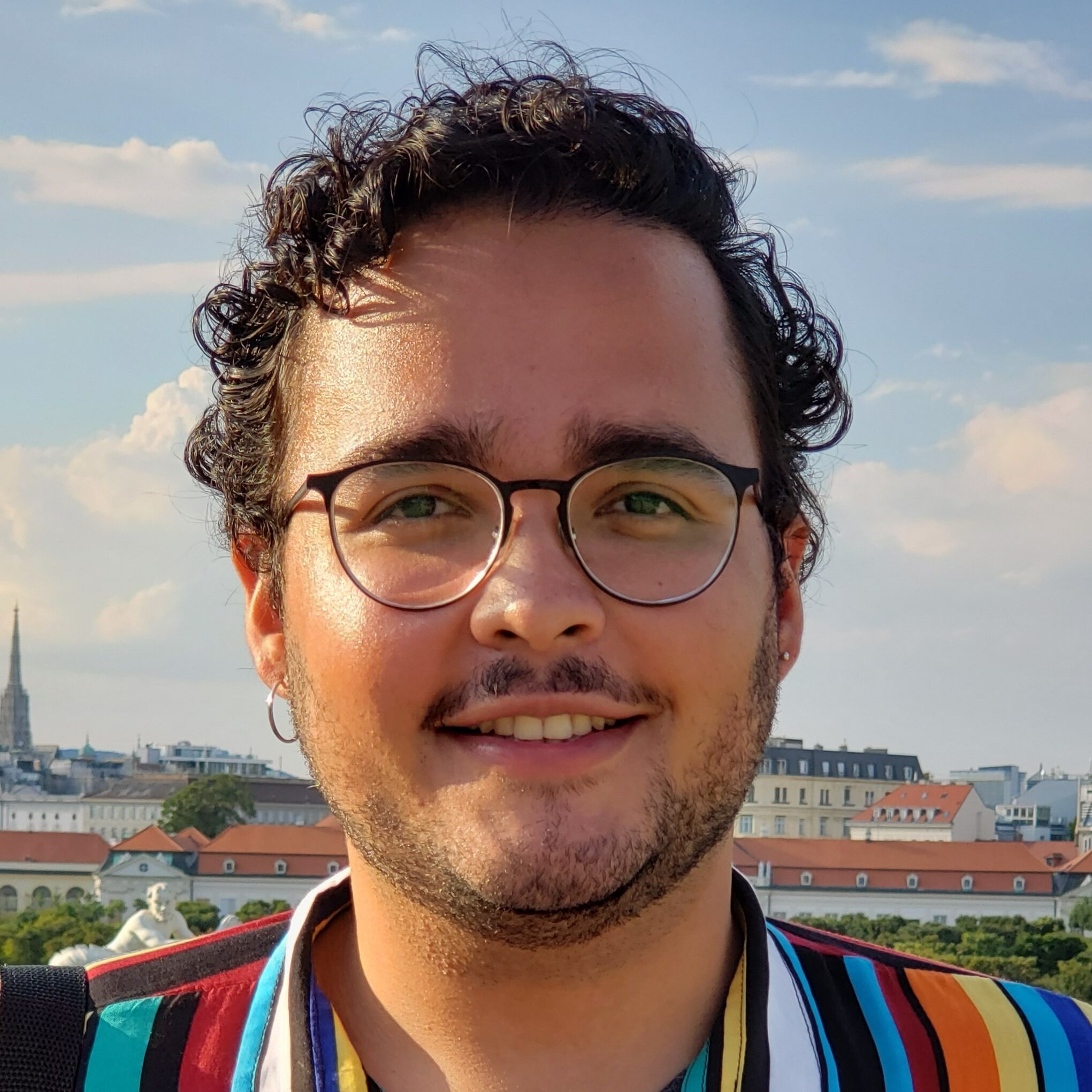
Livio Oliveira de Miranda
Host: TU Eindhoven
Supervisors: Prof. Peter Zijlstra (TU/e), Khulan Sergelen (TU/e)
ESR 9: TPNP biosensor for nanoswitches with short-timescale dynamics
“We are developing the next generation of biosensors that will revolutionize health care, for example, by enabling early-stage disease detection as well as personalized medication monitoring and administration.“
The project aims the development of a sensor based on the optical response of single plasmonic particles on a metal substrate. The system should allow continuous detection of analyte by induced interactions via surface functionalization. The plasmonic assembly will enable monitoring binding and unbinding events via spectral shifts as well as differences in scattered intensity depending on the distance of the particle and the metallic substrate, offering high signal-to-noise ratio and exceptional photostability. Therefore, based on analyte-mediated interactions promoted by surface modification, we hope to build a sensor with single-molecule resolution for continuous biomarker monitoring.
I will be involved on surface functionalization and optimization strategies, as well as optical methods for detecting single-molecule interactions using dark-field light microscopy.
I was born in Campo Formoso, which is a tiny village from the Northeast region of Brazil, and I grew up in São Paulo, which is one of the most populous cities in the world. After my bachelor’s degree I worked in the industry as a supply chain analyst for 1.5 years, but soon after, I looked back to my academic profile, and realized that working with research would fulfil my personal and professional goals. Then I decided to bet on a career shift, and here I am! After doing my Master I discovered a new whole world of nanoscience and biosensing, which I truly became fascinated for, and recently, I joined the ITN CONSENSE network for developing strategies for the next generation of biosensors.
Being very straight-forward, In 2018, I got my Bachelor’s degree in Materials Science and Engineering from the Federal University of São Paulo. For my graduation project, I worked in the Bioceram (Laboratory of Bioceramics), and developed PLLA-nanohydroxyapatite scaffolds for bone. During this research experience, I worked with electron microscopy (SEM) as well as spectroscopic techniques (Raman, X-ray diffraction).
In 2021, I got my Master’s degree in physical-chemistry from an European Consortium called SERP+, which is an international master’s program supported by the European Commission that is focused on surface modification, energy, radiation, photochemistry, nanoscience, and related topics. During this opportunity, I had the chance to study in three Universities from different countries (France, Italy and Portugal). For my graduation project, I performed an internship in the Laboratory of Supramolecular and Molecular Photophysics and Photochemistry from the ENS – Paris Saclay, in which I worked on the functionalization of plasmonic electrodes with electrofluorochromic (EFC) molecules. During this research experience, I strongly focused in surface modification strategies, electrochemistry, and fluorescence microscopy.

